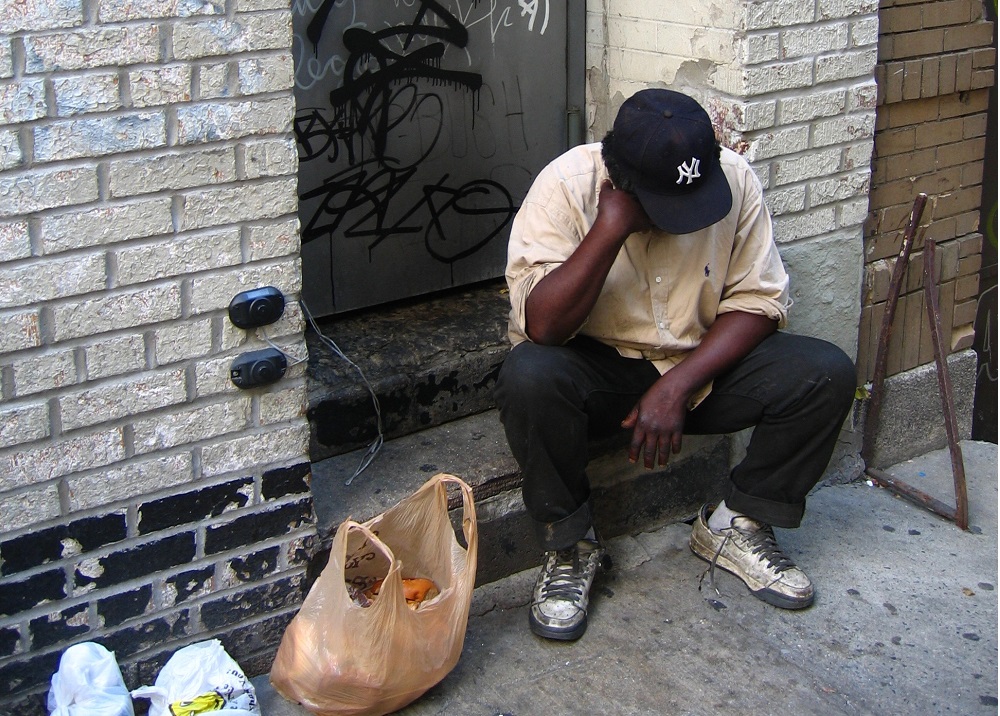 Every year, more than 4 million young people experience homelessness in the United States. And while youth homelessness is a largely hidden problem, it impacts a staggering number of young people in every city, town, and suburb in this country.
Every year, more than 4 million young people experience homelessness in the United States. And while youth homelessness is a largely hidden problem, it impacts a staggering number of young people in every city, town, and suburb in this country.
New research from Chapin Hall at the University of Chicago details the extent of the issue, and it should serve as a wake-up call for all of us: Homelessness is threatening to derail a generation of young people.
The research details the magnitude of the problem: Of the 25,000 surveyed, one in 10 young adults between the ages of 18 and 25, and at least one in 30 adolescents between the age of 13 and 17, experience some form of homelessness over the course of a year. The research provides compelling evidence that youth homelessness is a pervasive issue, one that affects young people in the biggest cities and the smallest towns; one that every young person experiences differently but for one thing in common — the lack of a safe place to call home.
Even more alarming, LGBT youth had a 120 percent higher risk of experiencing homelessness than youth who identified as heterosexual and cisgender (a person whose gender identity corresponds with the sex the person was identified as having at birth). Hispanic youth and black youth are more likely to experience homelessness than their white peers by 33 percent and 83 percent, respectively. And it’s important to note that young people often have intersectional identities, making them particularly vulnerable to multiple forms of discrimination based on race, gender and sexuality, both in and outside of their homes.
This study comes at a critical time. For so long our response to youth homelessness has been constrained by the absence of credible data on the scope and nature of the issue, and of a reliable means to track youth homelessness over time. Lack of quality data has been a barrier to solutions as well as an excuse for political inaction. We now have concrete data on the challenge of youth homelessness, and it’s time to propose concrete solutions.
Our biggest opportunity to help keep LGBT young people from ending up in an unstable living situation is early prevention. Most young people experiencing homelessness first found themselves without a home before their 18th birthday. Roughly a quarter first experienced homelessness before they could apply for a learner’s permit.
Schools must play a critical role in prevention. Teachers see their students every day and witness changes up close. They often know when their students are struggling, slipping toward homelessness or living on the streets. And we now know that young people without a high school diploma or a GED are four times more likely to experience homelessness.
With the right support and training, any adult connected to the school system — including teachers, administrators, librarians and bus drivers — can help prevent homelessness by quickly getting a student the support they need.
We also know that homeless young people often interact with the child welfare and juvenile justice system before or as a consequence of their homelessness. Compounding that issue, LGBT young people are vastly overrepresented in the juvenile justice system. LGBT young people make up roughly 7 percent to 9 percent of the youth population, but a survey of juvenile justice facilities by the National Council on Crime and Delinquency found that 20 percent of youth in those systems identified as LGBT or gender-nonconforming. The same study found that 85 percent of gender-nonconforming youth were people of color. There are ample opportunities within both the child welfare and juvenile justice systems to build in safeguards against homelessness.
With this data, we have a better understanding of the challenge, and it’s time for each of us to find our role in the solution. Youth homelessness is not an insurmountable issue — we can ensure no young person sleeps on the streets by changing or reimagining the systems that too often let them fall through the cracks. It’s going to take hard work, focus, compassion and coordination, but a world where every young person has a safe place to call home is possible.
Tricia Raikes is the co-founder of the Raikes Foundation with her husband, Jeff. Tricia has been recognized as a White House Champion of Change for her work on youth homelessness. She originally wrote this column for the Advocate.
































